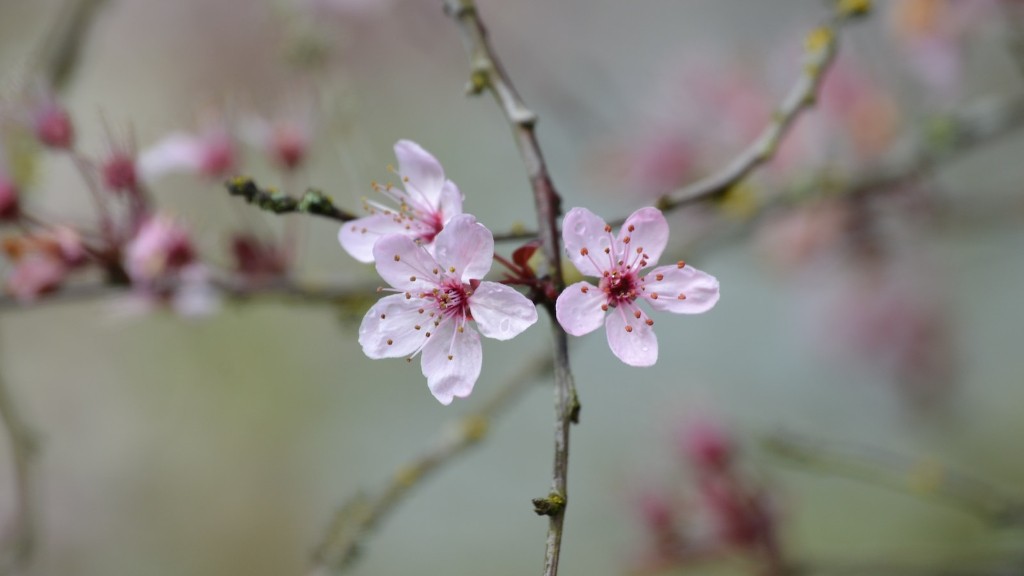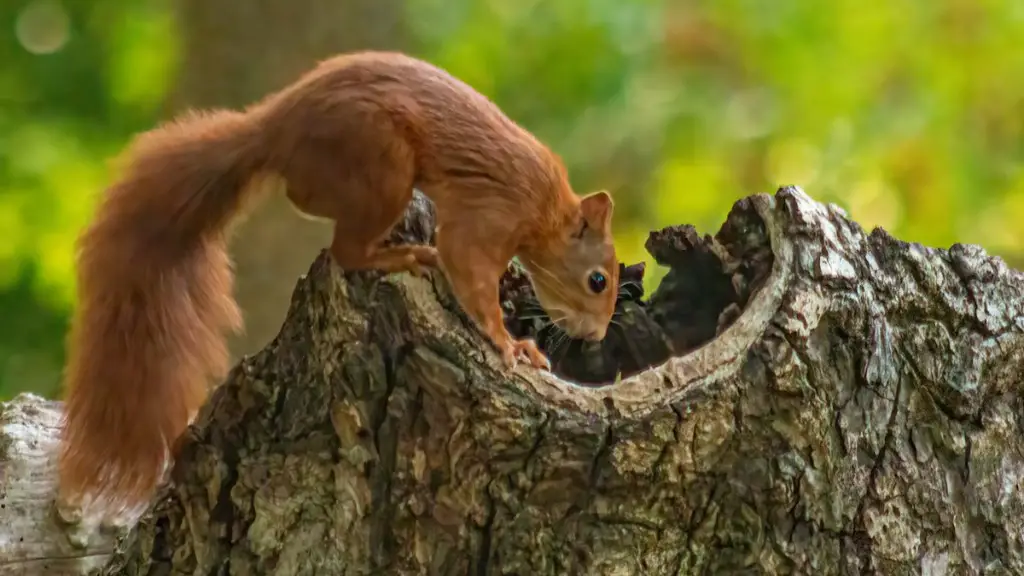Avocado is a popular tropical fruit that is an excellent source of vitamins and nutrients. Many people enjoy eating avocado and its distinctive flavor. But did you know that growing your own avocado tree can be easy and fun? Here, we provide an easy-to-follow guide on how to plant an avocado tree in a pot.
First, choose a pot. You will want to select a pot that is at least twelve inches wide and twelve inches deep, to leave enough room for the roots to spread. If the pot does not have drainage holes, you will need to make sure that it does. You can find quality pots for this purpose at your local gardening center or online.
Second, prepare the soil. You will want to purchase soil specifically designed for planting trees or make your own potting soil with two parts perlite or vermiculite, two parts compost and one part peat moss. Fill the pot with it and lightly compress it.
Third, get the seed. Most people get their avocado seed from an actual avocado fruit. To plant the seed, cut the avocado in half remove the seed. Rinse and clean it with lukewarm water and then allow it to air dry. Be sure to scrape off any remaining fruit residues.
Fourth, plant the seed. Place the avocado seed in the center of the pot, making sure the area is level. Cover the seed with soil, lightly patting it down around the seed. Make sure the pit is not above the soil line.
Fifth, give the seed a drink. Once you’ve planted the seed, you will need to water it thoroughly. Let the water drain out the bottom of the pot and repeat until the soil is moist. Place the pot in a sunny spot, such as a windowsill or balcony, where the seed can get some natural sunlight.
Sixth, prune the roots. New roots will start to appear from the seed in a few weeks. As the roots become larger, you may want to carefully prune them back and add more soil to the pot. This will allow for more root growth and help the tree to get more nutrients.
Seventh, watch your tree grow. Monitor your avocado tree and water it regularly. You may even want to fertilize the tree once a month to ensure optimal growth. Before you know it, you will have your own avocado tree, bearing delicious fruit in no time.
Staking Your Avocado Tree
When your avocado tree is at least a foot or so tall, you may need to put a stake in the pot to hold the tree up. Be sure to place the stake in the ground firmly and not too close to the rootball. Most avocado trees will require some staking, especially if planted in a windy area or when fruiting. Staking also helps avoid root damage from excessive winds.
It is important to use a stake that can withstand long-term use. You may want to consider a wooden stake or bamboo stick. Be sure to attach the tree to the stake securely and not wrap the ropes or wires too tightly, as this could cause damage to the tree.
Protection of Your Avocado Tree
Avocados need protection from the elements to ensure their success. If you live in an area with cold winters, you will need to bring your avocado tree indoors for the cold months. Installing a cold-frame or a greenhouse can also help protect your avocado tree from extreme temperatures. Additionally, when your tree is young and growing, you may want to wrap the branches in horticultural fleece or burlap to protect them from frost damage.
Taller avocado trees may also need protection from strong winds and storms. You can use burlap or plastic netting to shield the tree or even construct a temporary windbreak. Be sure to remove the coverings after each storm to allow the tree to receive enough air and sunshine.
Fertilizing Your Avocado Tree
Fertilizing your avocado tree is an important part of its maintenance. You may want to use a fertilizer specifically designed for avocado trees. Different formulations are available depending on your tree’s growing requirements. Be sure to consult with a local expert to determine the best fertilizer for your particular tree.
When fertilizing avocado trees, you should avoid over-feeding them. Over-fertilizing your tree can lead to excessive leaf growth and decreased fruit production. It is best to use the fertilizer at half strength and adjust the strength as per the tree’s needs. Regular application of fertilizer will ensure optimal growth of your avocado tree.
Harvesting Your Avocado Tree
Harvesting an avocado tree grown in a pot is a little different than harvesting one grown in the ground. For one, many trees grown in a pot will only produce a small amount of fruit. However, this does not mean that you can’t enjoy the fruits of your labor. When harvesting the fruits, you will need to be gentle as they can bruise easily.
Many varieties of avocado tree will produce mature fruit within three to four years. Use a pair of small pruning shears to cut the stem off the branch where the fruit is attached. Be sure to handle the fruits gently to prevent bruising and spoilage.
Caring For Your Avocado Tree
Caring for your avocado tree is an important part to ensure it produces an abundance of healthy fruit year after year. During the summer months, you will want to water your tree more often, as the drying effects of the sun and wind can easily dry out the soil. You may want to consider using a moisture meter to keep the soil from becoming too dry.
You might also want to prune your tree from time to time to remove dead or diseased branches. This will help keep the tree healthy and encourage new growth. After each pruning session, it is important to apply a fungicide or insecticide to help avoid further damage to the tree.
Finally, you may want to consider applying a thin layer of mulch around the base of the tree. This will help keep the soil moist and prevent weeds from taking root and competing with your tree for nutrients.


